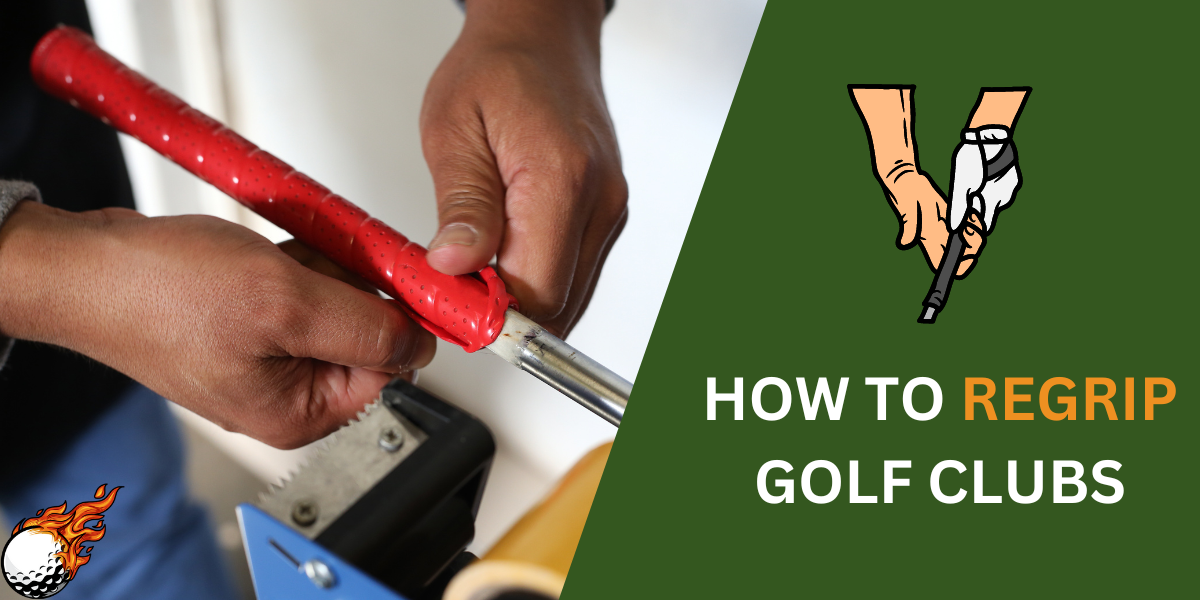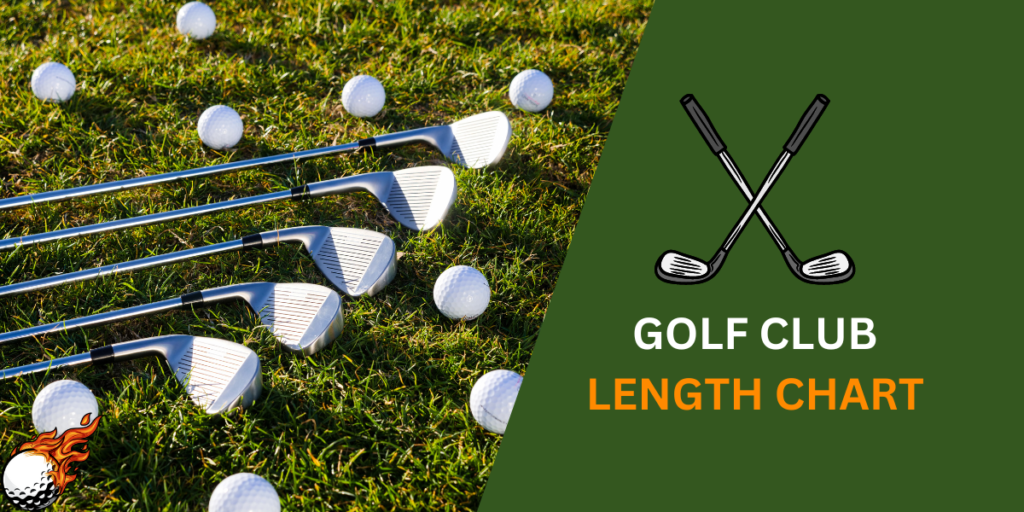
Have you ever shanked a golf ball into the woods? 🏌️♀️ Maybe your swing feels “off,” or you’re just not hitting the ball as far as you used to. 🤔
The problem could be your golf clubs! If your clubs are shorter, it can really mess up your game.
But don’t worry – this post is here to help! We’ll cover how to find the proper length clubs for you, whether you’re a guy or a gal.
By the end, you’ll be hitting those shots straighter and farther than ever before! 🚀
- Proper club length is crucial for a good golf swing and consistent shots.
- Standard club lengths exist for men (driver: 45.5″, 3-wood: 43″, 3-iron: 39″) and women (driver: 44″, 3-wood: 41.5″, 3-iron: 37.5″), but they’re just a starting point.
- Most golfers carry 14 clubs, with the driver being the longest and wedges the shortest.
- Your ideal club length depends on multiple factors, including height, wrist-to-floor measurement, and swing style. It can vary by 1-2 inches.
- Club fitting considers 10+ factors to find the perfect fit for you.
- You can make minor DIY adjustments (up to 1/2″), but consult a pro for major changes (>1″).
- Experiment within a reasonable range to find what feels best and improves your game.
Understanding Golf Club Length
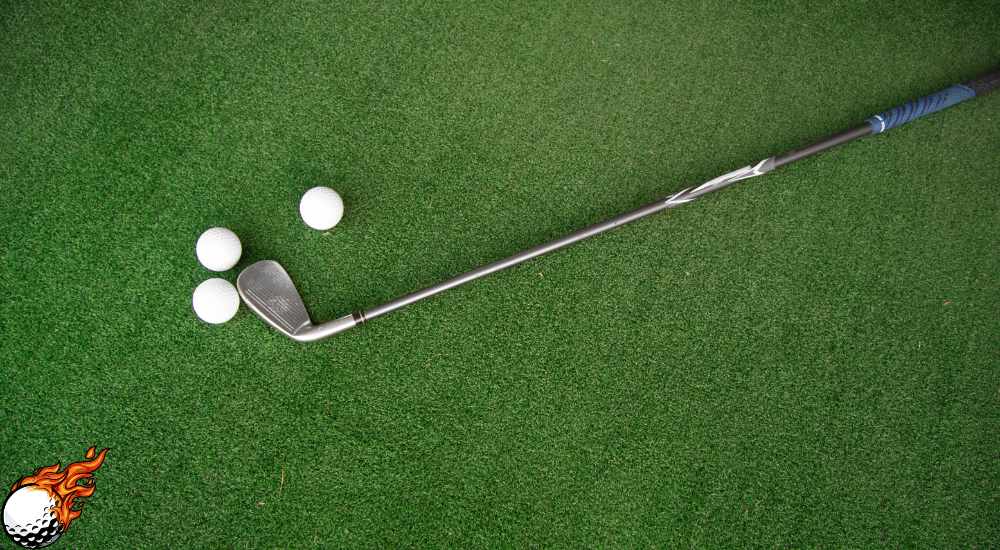
- What is club length? It’s the distance from the end of the grip to the bottom of the clubhead. The shaft length (the metal or graphite rod) is what really matters for your swing.
- Why does shaft length matter? It affects how you stand, swing, and hit the ball. The wrong size can lead to a wonky swing and inconsistent shots.
- Standard vs. custom: Golf club manufacturers have “standard length” clubs, but they might not be right for everyone. Just like clothes, one size doesn’t fit all! Finding the correct length for you is key.
- Men, women, and more: Standard lengths differ for men, women, juniors, and seniors. We’ll dive into those details and even show you how to make some simple length adjustments on your own.
Standard Golf Club Length Charts
Alright, so you’re ready to figure out what size clubs you need!
There are two main ways to do this:
- The Easy Way (But Not Always Accurate): Most golf club companies have charts that list standard club lengths based on your height. If you’re around average height and have average-length arms, this might be a good starting point. It’s kind of like buying clothes off the rack – they might fit okay, but probably won’t be perfect.
- The Better Way (More Accurate, But Takes a Little Effort): For a truly custom fit, you’ll want to do something called a “wrist-to-floor” measurement. Here’s how it works:
- Stand up straight with your arms hanging naturally at your sides.
- Have a friend measure from the crease in your wrist to the floor.
- This measurement, along with your height, will help a club-fitter figure out the clubs of the exact right length for you.
A club fitter is like a tailor for your golf clubs.
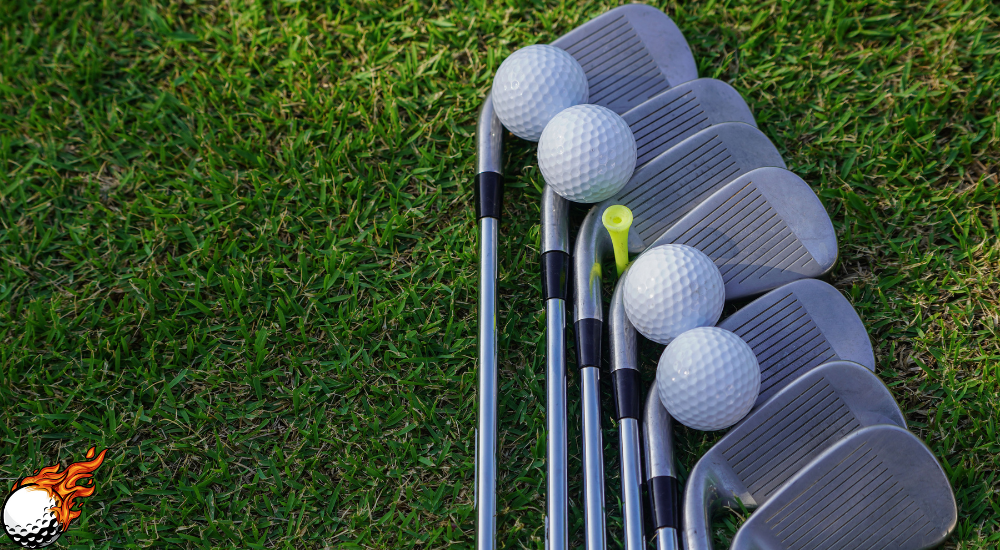
They can also check other things like the lie angle (the angle at which the clubhead sits on the ground) and shaft flex (how much the shaft bends when you swing).
Think of it like this: If you got a new pair of shoes, you’d want them to fit your feet perfectly. The same goes for golf clubs. The right fit can make a huge difference in your golf game.
It might feel a little weird at first, but trust me, it’s worth it!
The Case for Custom Fitting
Now that you have a general idea of standard club lengths let’s dig a little deeper.
- Men’s Clubs:
- Driver: 45.5 inches
- 3 Wood: 43 inches
- 5 Wood: 42 inches
- 2 Iron: 39.5 inches
- 3 Iron: 39 inches
- 4 Iron: 38.5 inches
- 5 Iron: 38 inches
- 6 Iron: 37.5 inches
- 7 Iron: 37 inches
- 8 Iron: 36.5 inches
- 9 Iron: 36 inches
- Pitching Wedge: 35.5 inches
- Sand Wedge: 35 inches
- Lob Wedge: 34.5 inches (or less)
- Women’s Clubs:
- Driver: 44 inches
- 3 Wood: 41.5 inches
- 5 Wood: 40.5 inches
- 2 Iron: 38 inches
- 3 Iron: 37.5 inches
- 4 Iron: 37 inches
- 5 Iron: 36.5 inches
- 6 Iron: 36 inches
- 7 Iron: 35.5 inches
- 8 Iron: 35 inches
- 9 Iron: 34.5 inches
- Pitching Wedge: 34 inches
- Sand Wedge: 33.5 inches
- Lob Wedge: 33 inches (or less)
- Remember:
- These are just averages, and plenty of golfers use clubs designed for the opposite gender.
- The best way to find the right fit is through a club fitting with a professional.
- Custom Fitting:
- A professional will take your measurements and analyze your swing to determine the perfect club lengths for you.
- It’s like getting a suit tailored – the clubs are customized to fit your body and swing.
- Bottom Line:
- Don’t stress too much about the “standard” lengths. The goal is to find clubs that feel good and help you play your best.
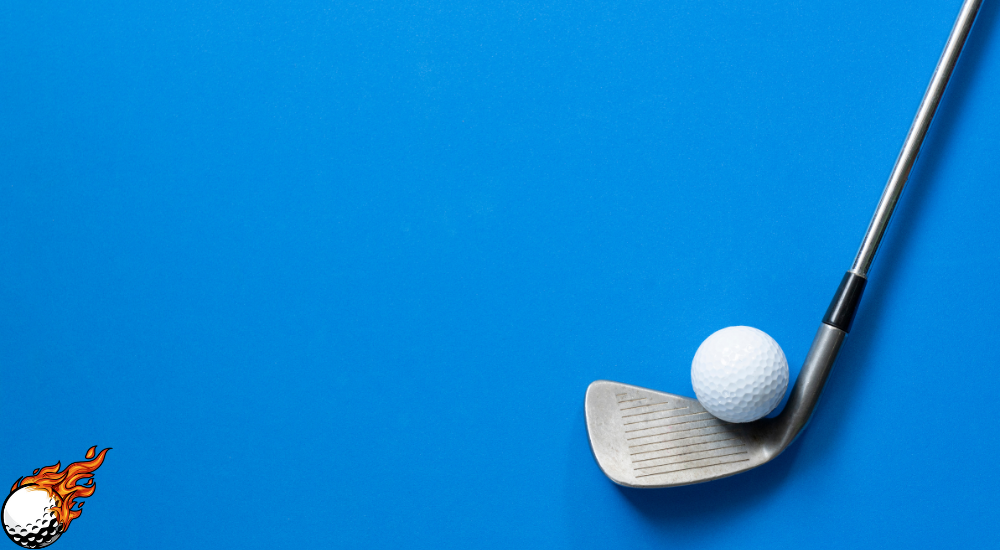
DIY Club Length Adjustments
So you’ve checked the standard length charts, but you’re still not sure if those clubs are really the right fit for you. What now?
It’s time to roll up your sleeves and try some DIY club adjustments!
Before we get started, here’s a friendly reminder: getting a professional fitting is always the best way to find the perfect clubs.
Think of this section as a little tune-up, not a full-blown overhaul.
Here’s the gist
- Measure your clubs: Grab a tape measure and check the length of each club. Compare them to the standard lengths to see if they’re even close to the right fit.
- Too long? You can shorten them a bit by cutting down the shaft. This is best left to a pro, but if you’re feeling adventurous, there are plenty of tutorials online. Just be sure to do your research first!
- Too short? You have a few options here:
- Extensions: These can be added to the butt of the grip to add length.
- New shafts: If your clubs are way off, you might need to replace the shafts with longer ones. Again, a pro can help with this.
Here are a few things to keep in mind:
- Small adjustments go a long way: Even a half-inch difference can make a big impact on your swing.
- Remember your grip: The size of your grip also affects the overall length of the club. Make sure it’s the right size for your hands.
- Safety first: If you’re not comfortable doing these adjustments yourself, take your clubs to a professional.
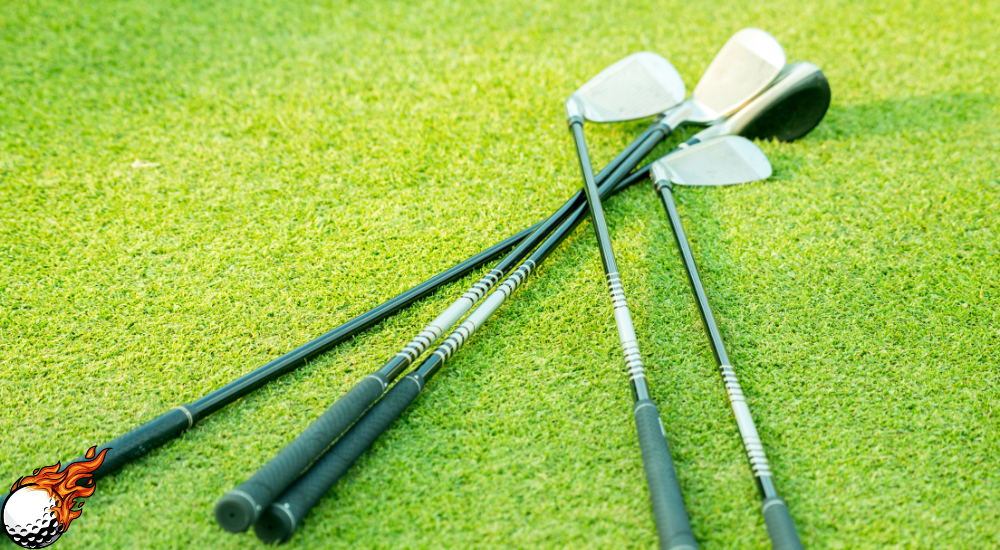
If you’re handy and like to tinker, adjusting your club lengths can be a fun way to fine-tune your game. Just remember, it’s always better to be safe than sorry.
If you’re unsure about anything, seek the help of an expert!
Conclusion
Alright, you’ve made it to the end of our deep dive into golf club length! The key takeaway? Finding the right golf clubs isn’t just about grabbing whatever’s on the shelf.
It’s about finding the perfect match for your body and your golf swing.
Here’s a quick recap:
- Club length impacts Your posture, swing, and how far you hit the ball.
- Standard lengths are a guide, not a rule: They’re helpful for getting a general idea, but everyone is built differently. If you’re between standard lengths or have longer or shorter arms for your height, you’ll likely need a custom fit.
- Wrist-to-Floor Measurement: This simple measurement is a great starting point for figuring out the right club length.
- Custom fitting is ideal: A professional club fitter can take your measurements and analyze your swing to dial in the perfect clubs for you.
- DIY adjustments can help: Make small tweaks yourself, but be careful, and don’t be afraid to ask for help.
The goal? Clubs that feel comfortable and natural when you swing them. If you’re constantly adjusting your stance or feeling cramped, your clubs might not be the right fit.

So, what are you waiting for?
Grab a tape measure, check those wrist-to-floor measurements, and find the right golf clubs for you.
You might discover the secret to a better golf game and start hitting those balls farther and straighter than ever before.
Frequently Asked Questions
Can I use men’s clubs if I’m a woman?
Absolutely! While women’s golf clubs are typically shorter due to average height differences, it’s all about finding the correct club length for your body and swing. Don’t worry about labels—focus on what feels comfortable and helps you play your best.
What if I’m between standard lengths?
If your wrist-to-floor measurement or height falls between the standard lengths listed on club charts, it’s usually better to err on the side of slightly shorter clubs. You can always add a bit of length with grip adjustments or extensions if needed, but it’s trickier to shorten a club.
Are expensive clubs automatically the right fit?
Nope! Expensive clubs don’t guarantee a good fit. A standard club length might not be the right club length for you. The most important factor is finding clubs that match your swing and body type. A proper fitting is worth its weight in gold, even with less pricey clubs. Arms hanging straight is very important.
Why do some golfers use clubs longer than standard?
Some players, especially those with faster swing speeds, might potentially opt for longer shafts to gain extra distance. However, this can also make the clubs harder to control. It’s a trade-off that should be discussed with a club fitter.
Should I get clubs with a flatter lie angle if I’m tall?
Taller golfers often benefit from a flatter lie angle, which helps the clubhead sit properly at the address. This can be adjusted during a fitting. However, club arm length and lie angle work together, so it’s important to consider both factors. Remember, getting a club fitting can help you figure out the proper club length for your height and ensure you have the right lie angle, too. Length golf clubs have to be accurate.













